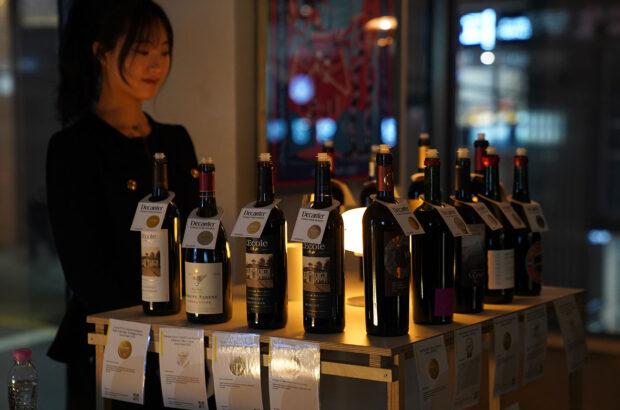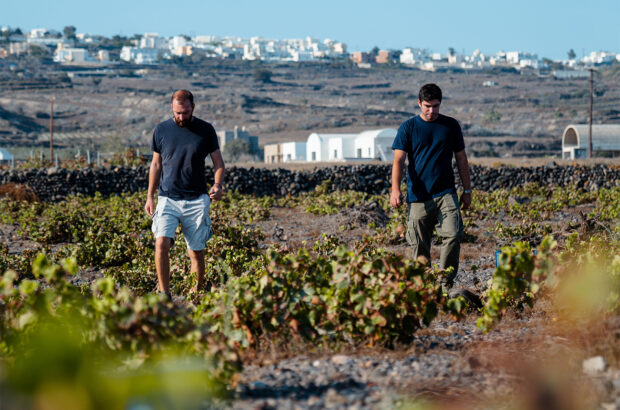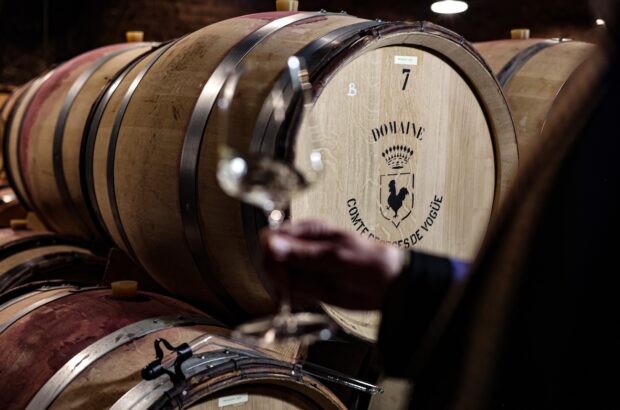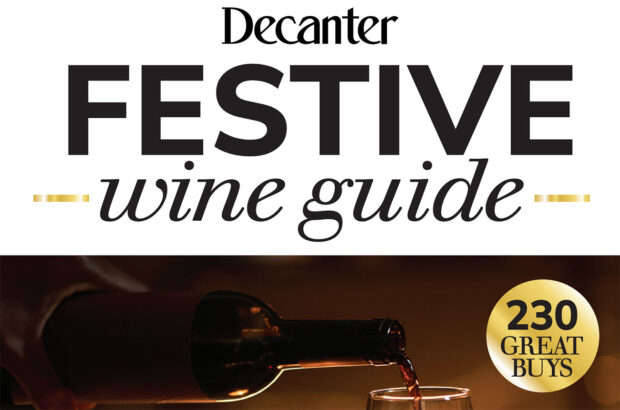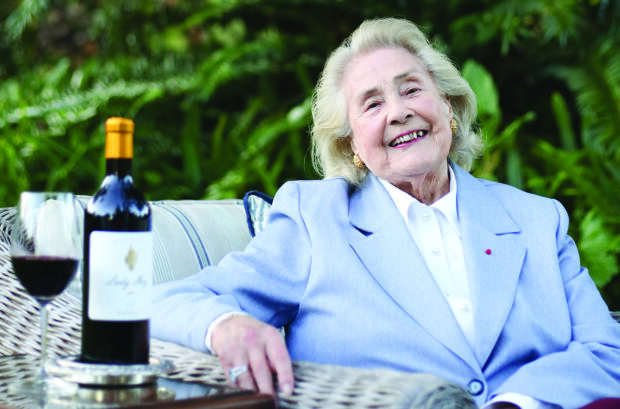Back in January 2024, I took part in a three-day Decanter panel tasting of NZ Sauvignons that highlighted stark contrasts in craftsmanship and style. It left me pondering: has the magic of New Zealand, and especially Marlborough, faded?
It’s a fair question. The success of NZ Sauvignon Blanc on a global scale mirrors the rise – and subsequent fall – of Australian Chardonnay in the early 2000s. Back then, the market was flooded with cheap, overly oaked examples that sullied the reputation of Australian Chardonnay. In New Zealand’s case, mass production and homogenised flavours threaten to undermine the hard work of artisanal producers.
This year, I visited New Zealand to explore this divide – the tale of two Sauvignons – for myself. On one hand, you have the high-volume supermarket labels; on the other, you find small-scale winemakers pouring passion and precision into their craft.
Richard Ellis, winemaker at The Marlborist, offered some insight. ‘We’re on a journey,’ he said. ‘Last year, I worked in Sancerre to refine our approach. By focusing on the best sites, soil types and canopy management, we’re evolving the style – handpicking and selecting golden bunches to move away from the overly green, herbal profiles that people associate with Marlborough. The heavier soils of the Southern Valleys have been a revelation.’
His words resonated with what I found, especially in Marlborough – that clear divide between mass production and quality craftsmanship. Poor practices risk creating a wave of negativity around NZ Sauvignon Blanc – a cautionary tale for producers aiming to uphold its proud heritage.
Winemakers are exploring new horizons, embracing techniques such as barrel fermentation, oak ageing and wild yeast to elevate their wines, bringing texture, complexity and a richer flavour profile that appeals to more discerning palates.
This evolution has been shaped by both global inspiration and local innovation, as Sam Bennett, chief winemaker at te Pā Family Vineyards, explains: ‘We like wine, and we like good Sauvignon Blanc, so we have of course admired some of the great examples coming out of the Loire. We share their belief that Sauvignon Blanc as a variety can make great wines with purity and drive, while possessing layers and texture – and most of all improve with age.
‘At te Pā, we’ve always tried to make wines that express our vineyard sites – and we’re confident enough in the quality of these sites that the wines don’t always have to be the loudest or most aromatic in the room,’ he continues. ‘We get so much fruit expression that dialling that back a bit to focus on elegance and texture results in wines that are more balanced, more enjoyable to drink and age more gracefully.’
Winemakers remain justifiably concerned about the reputational risks posed by low-quality, mass-produced examples. As one put it:
‘The bad eggs risk putting drinkers off, embarrassing those who dare to serve New Zealand Sauvignon Blanc.’ This underlines the need to champion the producers fighting to preserve the style’s integrity.
Haysley MacDonald, founder and owner at te Pā, takes it further, bemoaning the number of large, overseas-owned wine corporations taking and using New Zealand – specifically Māori – names and icons, even on wine that isn’t from New Zealand. This doesn’t help to assure consumers of the quality, provenance and authenticity of what they’re buying.
Despite my initial scepticism, my recent experiences have reignited my optimism for NZ Sauvignon Blanc. The dedication of small-scale
winemakers to quality and creativity is inspiring. The gulf between the mass-market and boutique producers is evident, but the latter’s efforts are proving that Marlborough – and New Zealand as a whole – still has plenty of magic left.
In my glass this month
While travelling the length of New Zealand, I soon realised that Sauvignon Blanc also thrives outside Marlborough. Te Kano, Land Northburn Sauvignon Blanc, Central Otago 2022 is textured, with a burst of wild herbs and passion fruit, saline, mineral, fresh citrus and mandarin notes, gentle stone fruit, a touch of brioche. Real class. Drink now or age for up to five years.



